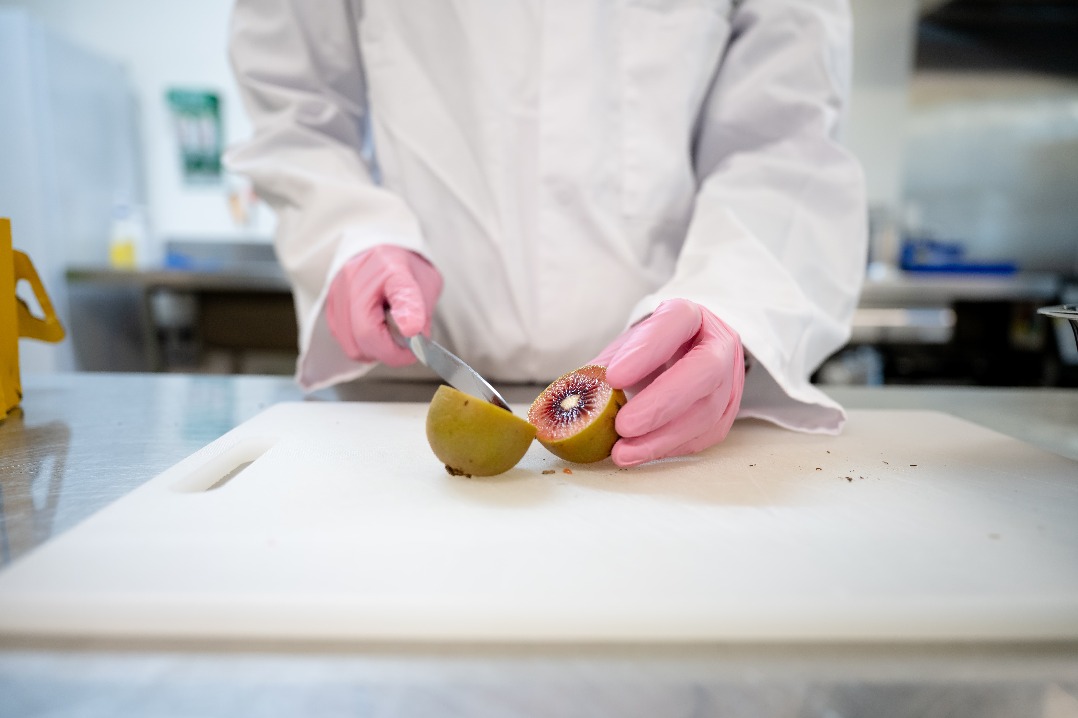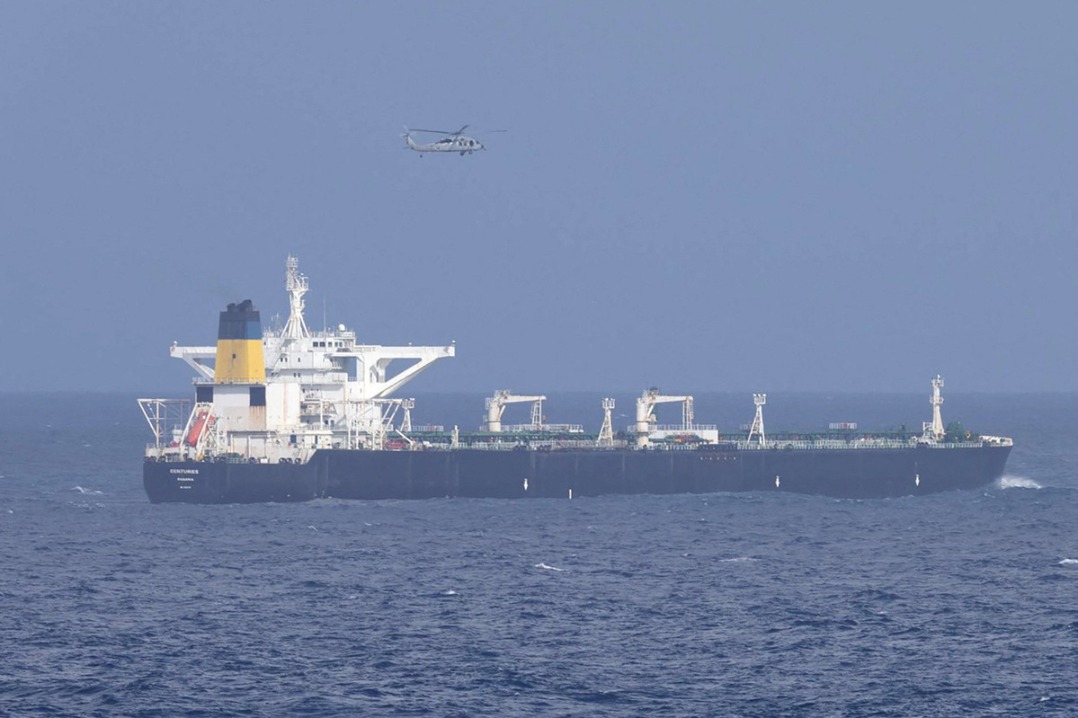Keynote Speech by H.E. Ambassador Liu Xiaoming at the APPCG Q&A with Ambassador on the 'Two Sessions': Understand the 'Two Sessions', Build up Consensus and Create a Bright Future


Lord Clement-Jones,
My Lords and MPs,
Ladies and Gentlemen:
Good afternoon!
March 2019 was an unprecedentedly busy month for British MPs, as you focus on a matter of paramount importance in British politics - Brexit.
It is also a very busy month for China, as the very important political event was held – the annual "Two Sessions".
The "Two Sessions" refer to the annual meetings of the National People's Congress, or NPC and the National Committee of the Chinese People's Political Consultative Conference, known as CPPCC. Close to 3,000 NPC deputies and more than 2,000 CPPCC members gathered in Beijing to discuss major issues and make plans for the future of the country.
Chairman Graham and Lord Clement-Jones asked me to give a briefing on the "Two Sessions". So let me share with you my views on the "two Sessions", especially on China's future development by answering three questions.
First, how is China's economic prospect?
This is a hot topic. Some people think China's economy is slowing down and blame this for problems elsewhere; Others believe that China's economy remains an opportunity.
At the press conference of the "Two Sessions", Premier Li Keqiang aired his confidence that "China's economy will remain an anchor of stability for the global economy". I think there are three reasons behind his confidence:
First, China's economy continues to perform strongly.
China's medium-to-high speed growth rate in recent years is on top of a very large base figure. In 2018, China continued to be the world's second largest economy, with its total GDP reaching 13.6 trillion US dollars. Its growth rate of 6.6% continued to be the fastest among the world's top five economies and its GDP increment was roughly the total GDP of Australia.
China continues to be the world's largest trader in goods. In 2018, China's total trade in goods exceeded 30 trillion RMB yuan for the first time (that is the equivalent of 4.6 trillion US dollars). It also represented an increase of 12.6% over the previous year. The net increment was over 510 billion US dollars, larger than China's trade total of 2001, the first year of China's membership in the WTO.
China remains the most attractive FDI destination among developing economies. Despite a steep drop in global FDI in 2018, foreign investment flowing into China totaled 135 billion US dollars, increasing by 3%.
At the "Two Sessions" this year, China set its growth target at 6% to 6.5%, which would probably remain the fastest among major economies in the world.
Second, China's growth continues to demonstrate higher efficiency.
This is reflected in the following three aspects:
First, growth model is optimised. Consumption is playing a bigger role in driving economic growth. In 2018, consumption expenditure contributed 76.2% to economic growth, increasing by 18.6 percentage points over the previous year.
Second, economic structure keeps upgrading. With the tertiary industry accounting for 52.2% of GDP, service sector is increasingly becoming a stabiliser in economic growth.
Third, new driving forces are gaining momentum rapidly. The "internet plus" strategy has boosted the development of emerging industries and accelerated the transformation of traditional industries. On-line retail sales increased by over 20%. On November 11th, 2018 - the on-line shopping festival known as "Double Eleven" - the total sale hit a record of over 30 billion US dollars in a single day. That was equivalent to the total GDP of Latvia in 2018.
With economic growth comes better life for the Chinese people, and greater sense of individual achievement and happiness.
In 2018,
· More than 10 million people were lifted out of poverty;
· Per capita disposable income grew at 6.5% in real terms, higher than the per capita GDP growth;
· Energy consumption per unit GDP fell by 3.1%. "Clean water, green mountains, blue sky and white cloud" are no longer a luxury.

































